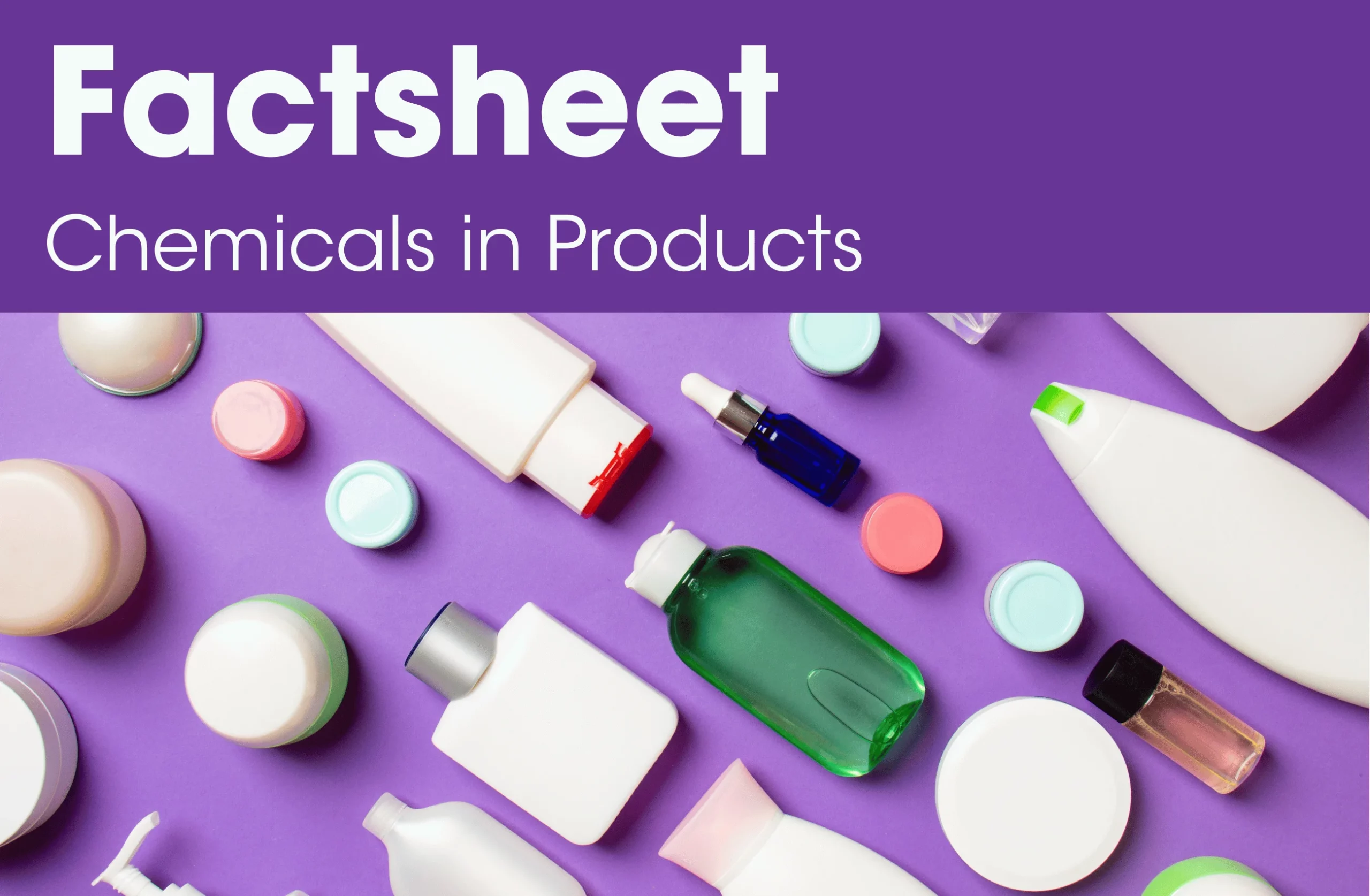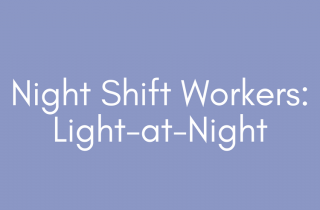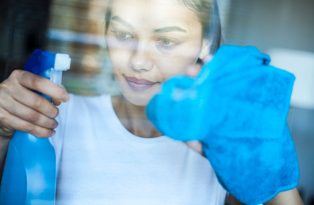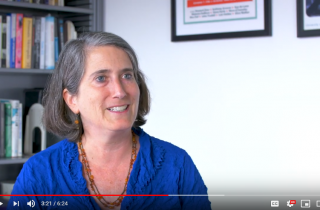Chemicals in Consumer Products
Chemicals in Consumer Products
Everyday consumer products like beauty products, cleaning products, and food packaging can contain harmful chemicals linked to breast cancer. By switching to safer alternatives, you can reduce your risk.Science Summary
Scientific research shows that we are all exposed to harmful chemicals starting from in utero, such as bisphenol A (BPA), heavy metals, flame retardants, phthalates, per-and polyfluoroalkyl substances (PFAS), pesticides, and others linked to hormone disruption and breast cancer. Over 80,000 chemicals are currently used in U.S. manufacturing, but only 11 of them are banned by the Environmental Protection Agency (EPA).
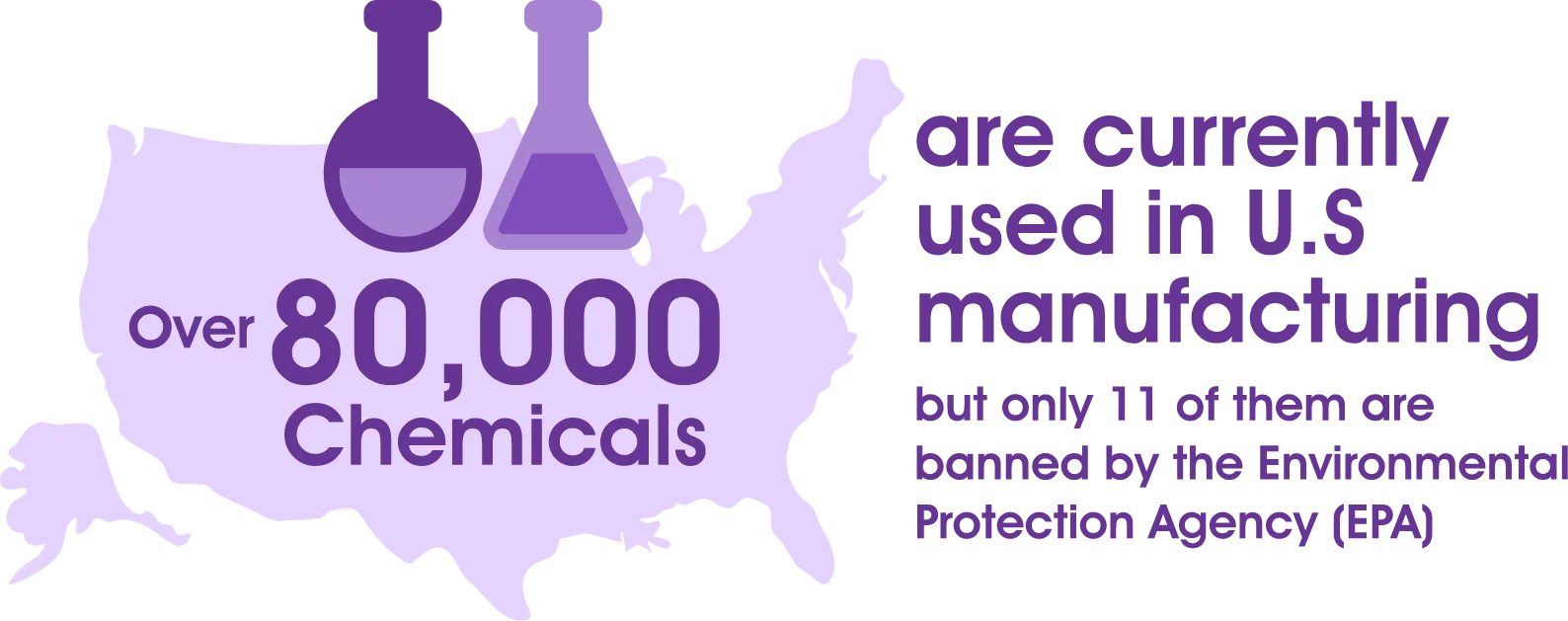
What can I do for my own body and health?
The good news is that you can reduce your risk by purchasing safer alternatives. Read ingredient labels and use online tools (e.g., Clearya and ThinkDirty) to find safer products. If you don’t know what’s in it, don’t use it. This is especially important because companies can use savvy marketing and misleading claims to make their products look safer than they are. Avoid fragrance, wash your hands, choose organic and hormone free foods when possible, and be cognizant of greenwashing tactics by companies.
When cooking and storing food, avoid plastic and Teflon(r), and choose glass, ceramic, and stainless steel instead. If you can, eat organic and hormone-free food as much as possible.
What can I do to support the health of my family and friends, and my community?
Share what you know with your friends and family. Educate them about the dangerous chemicals in our everyday products and what changes they can make to protect their health.
How can I navigate and get support with any systemic barriers to my health?
We know not everyone is able to choose safer options, whether because of price, local availability, or other systemic barriers. Try finding safer options online if they are not available in your local store. Bulk orders are often cheaper, so order in bulk for yourself, with friends, or with a local group.
Health-protective laws work! Intervention studies have shown that when people stop using products containing particular toxic chemicals, their body burden of that chemical goes down. For example, in just three days bisphenol A (BPA) levels went down over 60% and the phthalate DEHP dropped by 50% when food packaged in plastic was removed from the diet of five Bay Area families. Similarly, in another study, they found four endocrine-disrupting compounds were reduced between 25% and 45% when Latina teenagers in the Salinas Valley switched their makeup and personal care products to safer products.
How can I help advocate for and support systemic change to remove barriers to health?
Ultimately, the long-term solution is not “shopping our way out of the problem,” it’s making systems-level changes so that the healthy choice is the easy choice for everyone. Working together, we can change the system and get rid of these toxic chemicals that do not belong in our daily products.
We need stronger laws that ban hazardous chemicals from our products and ensure replacement with safer alternatives. In addition, we need policies that prevent toxic products from being sold, or disposed of, in communities of color or low-income communities. Working together, we can change the system and get rid of toxic chemicals that do not belong in our daily products.
Here are some ways to get involved with systems-level action to reduce breast cancer risk:
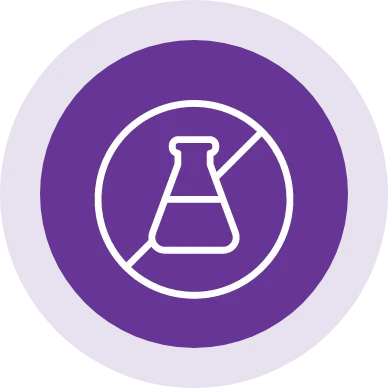
Get engaged in campaigns. Write to your policymakers, asking them to ban the use of hazardous chemicals in food packaging, cleaning products, personal care products, etc., and ensure replacement with safer alternatives.

When reaching out to policymakers, also ask them to develop safeguards to stop companies from selling or disposing of “unwanted” toxic products to communities of color or low-income communities.
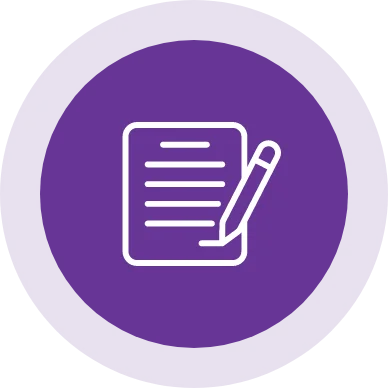
Share educational materials on toxic chemicals in consumer products on social media and in everyday in-person conversations.
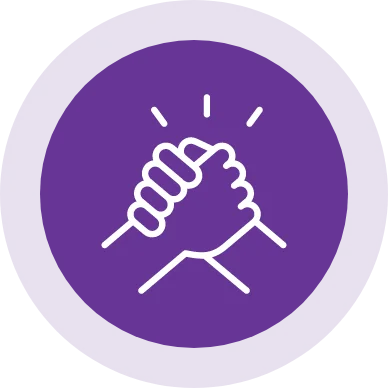
Support businesses that are committed to making safer, healthier products, and pressure other companies to make their products safer.
Resources
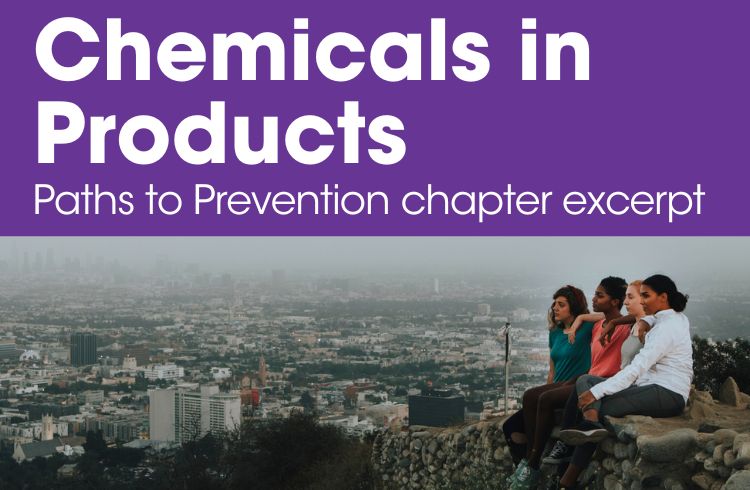
Chapter Pullout

Supported by grant funding from Gilead Sciences, Inc. Gilead Sciences, Inc. has had no input into the development or content of these materials.
Types: Fact Sheet, Report

